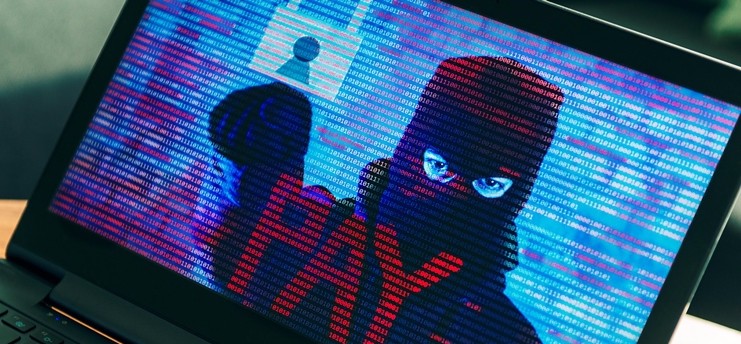Is It Possible To Prevent A Massive Ransomware Attack? – The Answer From Semalt

Ransomware and viruses are believed to be two dangerous forms of internet threats. As expired medicines hinder the abilities of nurses and doctors to provide proper healthcare facilities to their patients, ransomware and viruses restrict a user's access to his computer. In such circumstances, even the top-notch and famous antivirus tools would not work properly. A few days ago, a nasty piece of malware infected a large number of computer devices. Tech experts claim that over seventy thousand machines were affected within two hours, including dozens of computer systems located in the hospitals of England and the United States. Even the computer devices of FedEx' offices in the UK and Russia's Interior Ministry were affected with this ransomware. In just a few hours, instances of computer threats were reported on five continents worldwide.
The saddest thing is that a large number of Windows users were infected. They just installed their favorite Microsoft tools and got affected in a matter of seconds. Even the Windows XP users were seriously infected and could not do anything but to forget about their computer systems by the whole.
The Senior Customer Success Manager of Semalt, Nik Chaykovskiy, discusses how to avoid such annoying attacks.

Here's what happened
A group of hackers deployed specific viruses and targeted Microsoft servers in a significant number. The file sharing protocols, Server Message Block, and others, were its main targets. The servers that did not receive any updates after March 2017 with the MS17-010 patch were its main targets. Later on, the same group of hackers attacked the systems of ExternalBlue and the National Security offices and leaked their data online.
The ransomware was named as WannaCry. It had not spread all over the world as the hackers had programmed it to spread only in a limited number of countries. It was spreading from one computer system to another through clicks and email attachments. The only way to get rid of it was to uninstall a large number of programs especially antivirus and anti-malware tools.
Via the ExternalBlue exploits, the viruses and malware got installed in computer systems automatically. A particular media player named as DoublePulsar caused a lot of problems for its users worldwide. It was continuously spreading WannaCry from one computer to another, and potentially infected hundreds to thousands of devices at a time. On the other hand, ransomware such as Locky required its users to interact with the hackers. Once you opened a word file, WannaCry would spread to your system automatically. AlienVault's Chris Doman said in an interview with Gizmodo that he was able to take control of the malware and the attackers to save a large number of computer systems the world over. We feel that the hackers are continuously developing new tools and strategies to steal others' information. Researchers have discovered that the hackers ask for ransom through Bitcoin only because it is not possible for anyone to reverse Bitcoin payments.

If you feel that you have been a victim of WannaCry or another similar tool, you should update your antivirus software as early as possible. It is also important that you don't click pop-up windows and open the email attachments. The Conficker worms have been in circulation for several days. They are likely to infect a large number of laptops and mobile devices in coming months. Thus, it is important to download and install security software and programs on a regular basis.